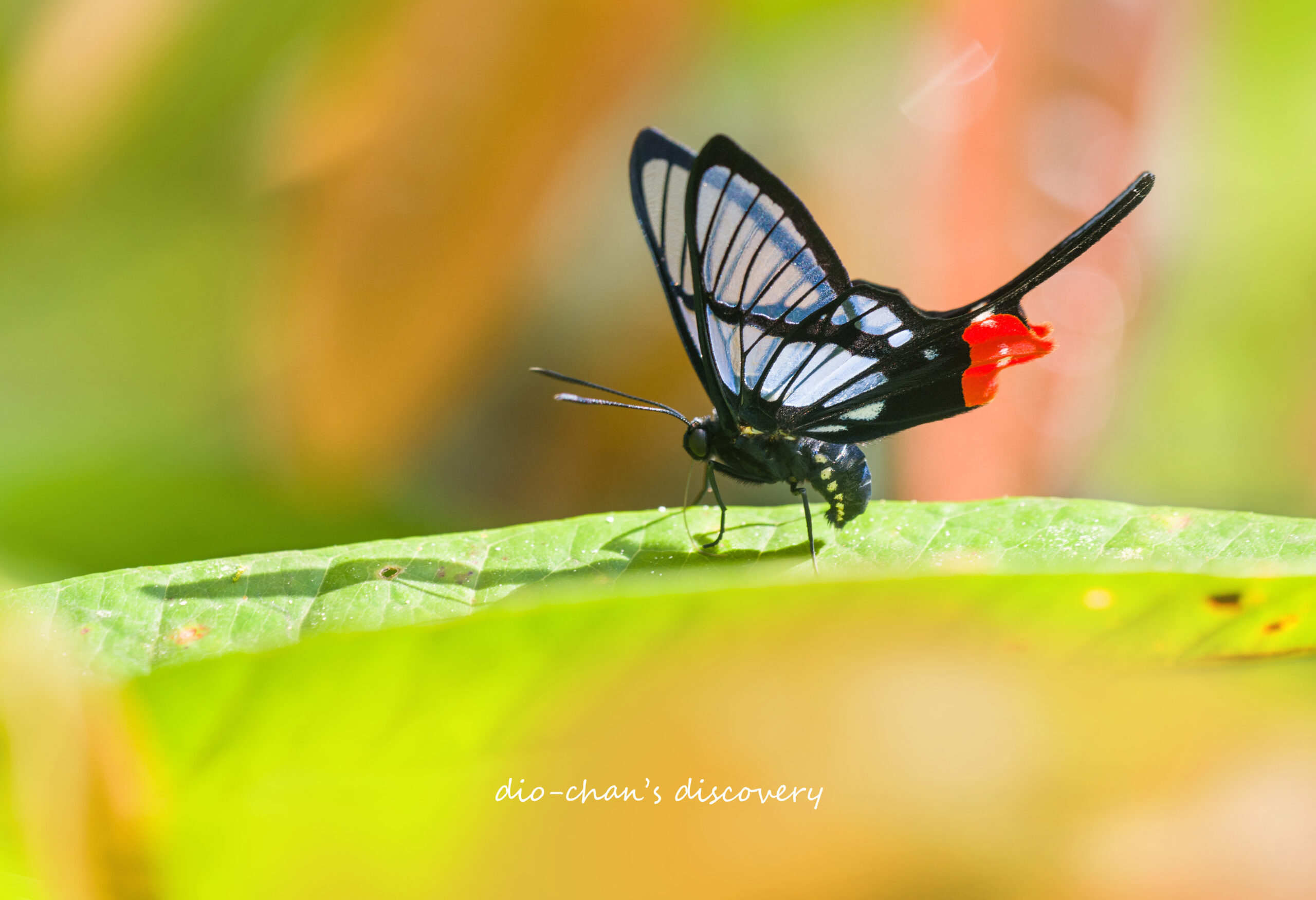November 2017 marked my first visit to South America for butterfly watching in Peru. Centered around the Manu Road, renowned for its biodiversity, this eleven-day journey took me through both low-altitude rainforest and high-altitude cloud forest habitats. The diversity of butterfly species varied significantly between these different altitudes and habitats, making it a particularly exciting trip for a first-time visitor to South America. Glasswing butterflies, with their transparent wings, and the incredibly diverse metalmark butterflies were undoubtedly the primary targets for observation.
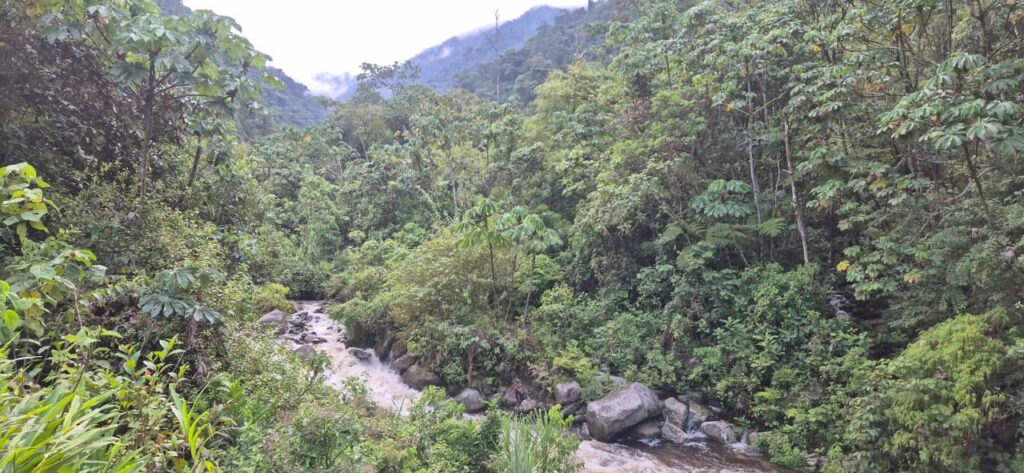
Along the forest edges of the Manu Road rainforest, on sunny days, a wide variety of butterflies can be observed, including species from the Nymphalidae, Riodinidae, and Hesperiidae families. These butterflies, especially those near small streams, often gather to puddle. Rhetus dysonii is a particularly beautiful species with its iridescent metallic blue upperside and striking magenta markings on its hindwings. Additionally, the Marpesia from Nymphalidae with their long tails, and the blue and white Phocides vulcanides skipper are other notable species found puddling at these water sources. In the forest edge habitat, it’s possible to record over 100 butterfly species in a single day, highlighting the incredible biodiversity of the area.
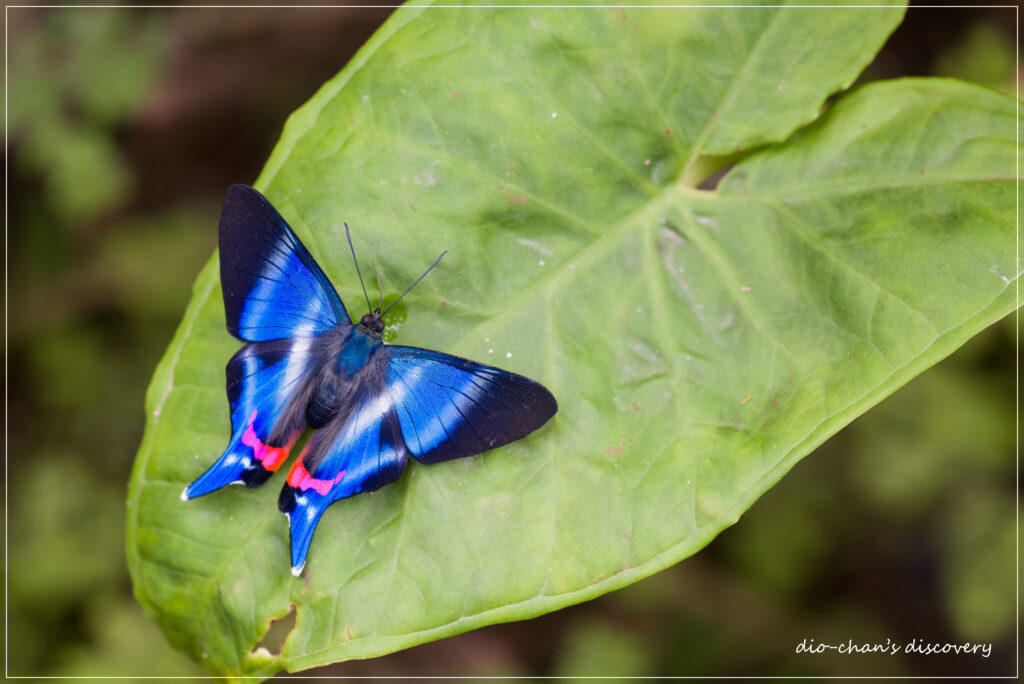
▲ Rhetus dysonii
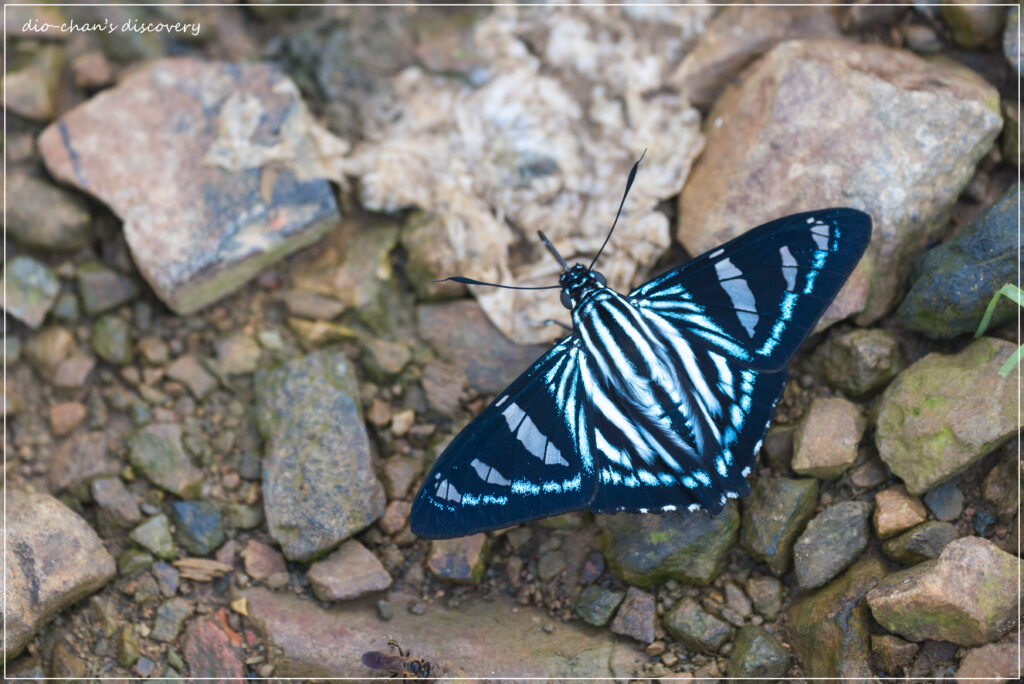
▲ Phocides vulcanides
In the higher-altitude cloud forest, one can find some special butterflies, such as those belonging to the genus Archonias. Species from this genus have beautiful patterns on their undersides and are often found near streams or on damp roads. The distinctions between some species within this genus are quite subtle, making it easy to overlook similar species without careful observation. Additionally, several genera of Satyrinae, including Corades, Junea, Lymanopoda, and Steroma, can be found in cloud forest habitats. These high-altitude species offer a fascinating glimpse into the specialized adaptations of butterflies to these unique environments.
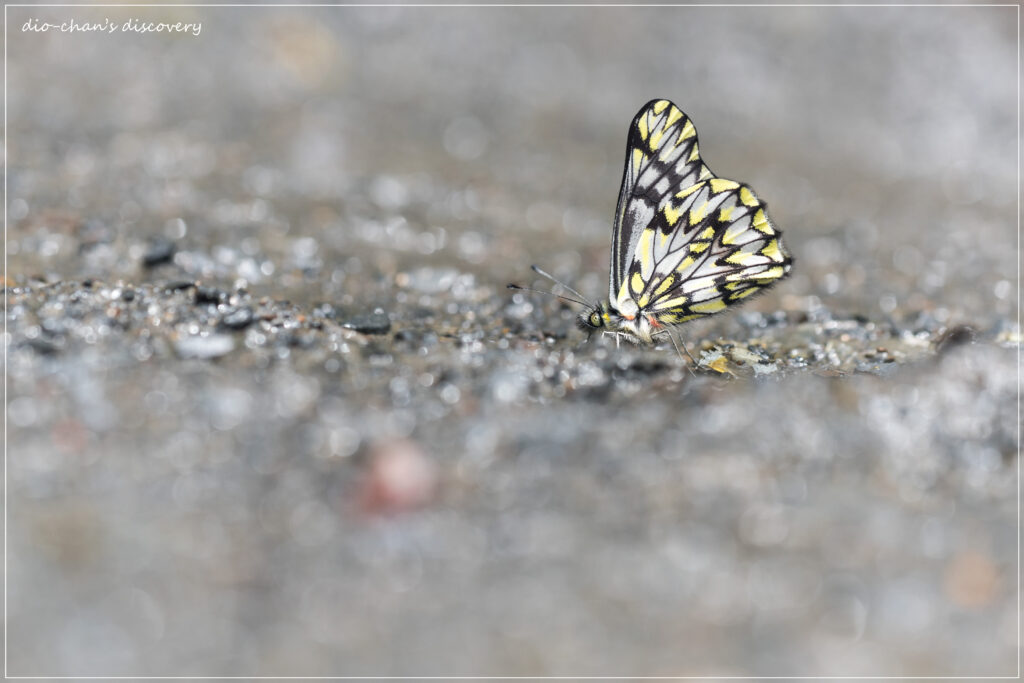
▲ Archonias manco
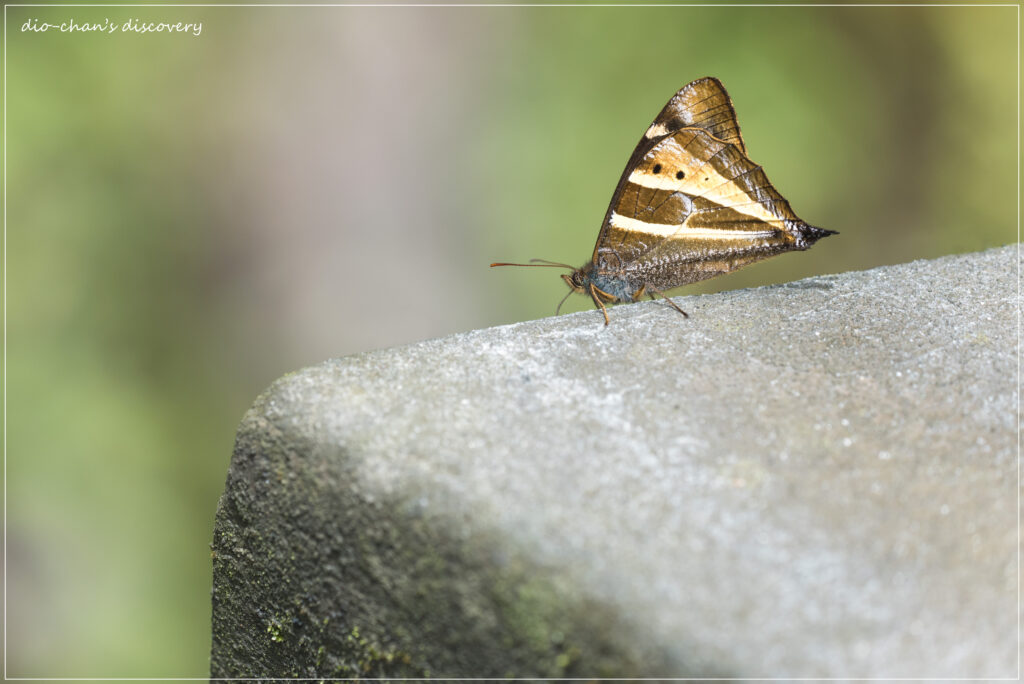
▲ Corades ulema

